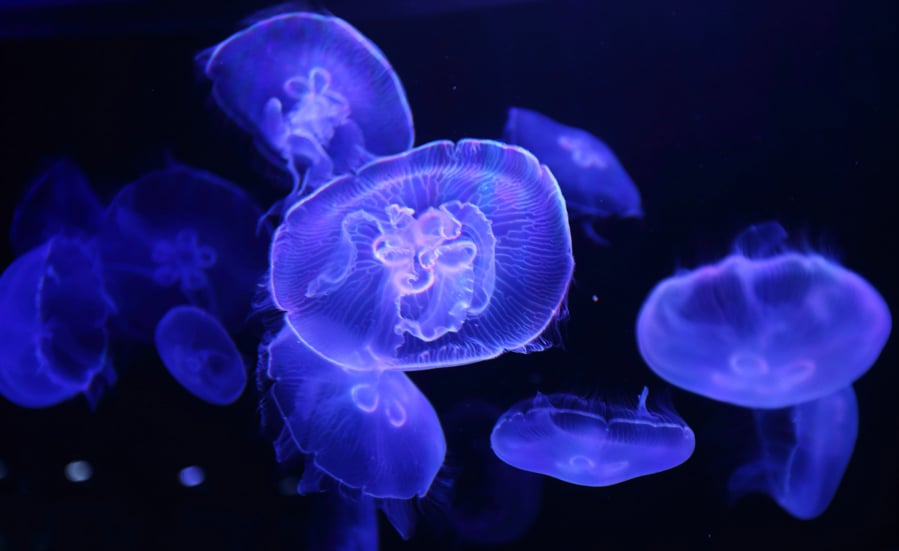MELBOURNE, Australia — Authorities in Queensland, Australia, were forced to close beaches across the region over a recent weekend, amid what local officials said was a jellyfish “epidemic.” More than 13,000 stings were recorded in Queensland alone in a week, with more than 2,500 people seeking treatment over that weekend, according to rescue organizations.
While the vast majority of those stings are not life-threatening and were caused by so-called bluebottle colonies, researchers say that the number of more serious injuries from less common jellyfish is also at above-average levels.
Some researchers also say this jellyfish infestation could be one more thing to blame on climate change.
“Unlike other species, jellyfish are stimulated by just about any change to the ecosystem. So, it’s reasonable to say that the jellyfish might potentially be responding to the warmer-than-usual weather,” said marine life researcher Lisa Gershwin, who works with the Commonwealth Scientific and Industrial Research Organisation, which is Australia’s national science agency.



